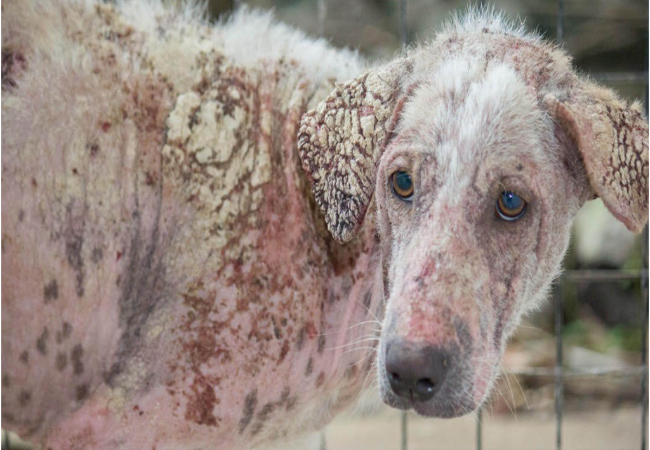Veterinary Guide to Canine Fungal Skin Infections (2025)🐶

In this article
Veterinary Guide to Canine Fungal Skin Infections (2025)🐶
By Dr. Duncan Houston BVSc
🔍 What Are They?
Fungal skin disorders in dogs include superficial infections—like dermatophytosis (“ringworm”) and Malassezia dermatitis—as well as deeper yeast or dermatophyte overgrowth. These cause itch, odor, scaling, hair loss, and discomfort. 🔬
💡 Types & Risk Factors
- Dermatophytosis (Ringworm): Infectious fungus (Microsporum canis, M. gypseum)—transmits to other pets and humans—causes circular, crusting lesions with hair loss.
- Malassezia Dermatitis: Yeast overgrowth (Malassezia pachydermatis)—often secondary to skin folds, allergies, moisture. Look for greasy, smelly skin, redness, and ear infections.
- Deep Mycoses: Rare in healthy dogs, but systemic fungi like Histoplasma or Blastomyces can affect lungs and skin.
- Risk Factors: Puppies, immunosuppressed dogs, hot/humid environments, obesity (skin folds), allergies or moist skin following grooming/swimming.
🚨 Common Symptoms
- Patchy hair loss, scaly/crusty lesions, circular appearance in ringworm.
- Intense itching, greasy odor, thickened skin often in skin folds and paws.
- Red, inflamed areas, licking, paw chewing, recurrent ear infections, foul smell.
🔬 Diagnosis
- Cytology: Impression or tape prep to detect yeast or bacteria.
- Fungal Culture: Ringworm diagnostics use DTM (dermatophyte test medium)—results in 7–21 days.
- Wood's Lamp & PCR: Useful for preliminary detection of M. canis.
- Deep Fungal Testing: Biopsy, culture, or antigen tests if systemic infection suspected.
🛠 Treatment Approaches
-
Topical Therapy:
- Ringworm: topical miconazole + chlorhexidine or lime-sulfur dips, 2–3×/week for 4–6 weeks.
- Malassezia: shampoo with ketoconazole or miconazole (2–3×/week) ✔️
-
Systemic Medications:
- Ringworm: oral terbinafine or itraconazole for 4–6 weeks.
- Severe yeast: systemic azoles if topical treatment is insufficient.
-
Skin Care:
- Dry skin folds thoroughly after swimming or bathing
- Use gentle cleansers to avoid over-drying and barrier disruption
-
Address Underlying Issues:
- Treat allergies, endocrine disorders (e.g. hypothyroidism), or bacterial infections
-
Environmental Management:
- Disinfect bedding and grooming tools regularly to prevent reinfection
📈 Monitoring & Prognosis
- Ringworm: continue treatment until negative fungal cultures—even if lesions resolve.
- Malassezia: improvement often seen within days, but maintenance often required.
- Recurrence is common if underlying triggers persist—maintain hygiene and skin health measures.
🛡 Prevention Strategies
- Avoid shared grooming tools without proper cleaning
- Maintain ideal weight and skin barrier health (fish oils, gentle grooming)
- Manage allergies, keep skin folds clean, dry, and aired
- Minimize prolonged moisture from swimming or maltreatment of trimmed coats
🔧 Owner Tools & Support Services
- Ask A Vet App: 24/7 help with fungal diagnostics, cytology interpretation, DIY skin-care routines 📱
✅ Final Thoughts
Fungal skin infections, while common and annoying, are treatable. Consistent topical care, systemic medications, hygiene, and management of underlying issues help dogs regain healthy skin and coat. Supported by Ask A Vet, pet owners in 2025 and beyond can effectively treat, prevent recurrence, and maintain their pup’s skin wellness. 🐾❤️
Download the Ask A Vet app today for expert assistance in fungal skin diagnosis, topical care plans, and hygiene routines. 📱💡






